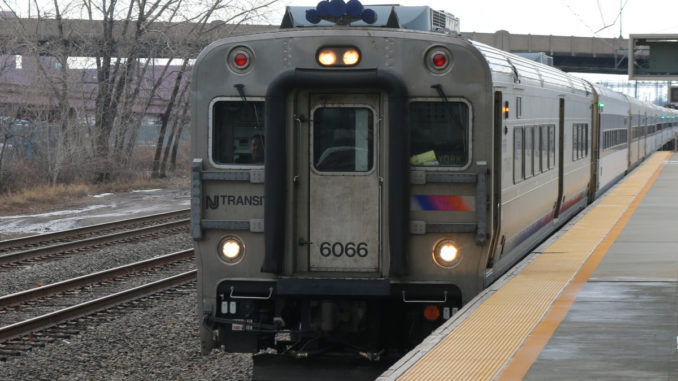
The Comet V is the fifth generation of a passenger car first developed by Pullman-Standard in the late 1960s.
The Comet V cab car, which allows the engineer to operate the train from the front of the vehicle, is fitted with 109 passenger seats. Each car is 85 feet long, 10.5 feet wide and weighs just over 100,000 pounds.
The Comet V Coach cars cost between $897,000 and $1.05 million each based on trailer or cab car configurations respectively. N.J. Transit purchased its cars in 1999 from Alstom Transportation Inc. of Hornell, N.Y. Metro-North also uses Comet V cars.
N.J. Transit ordered 200 Comet V cars. The cars were delivered between April 2002 and February 2003.
Pullman Standard built the first Comet cars in the 1970s for the Erie-Lackawanna Railroad’s commuter service.
In April 2002, N.J. Transit unveiled a Comet V “trailer” car equipped with 117 seats. A second trailer car was also produced with 111 seats and a fully accessible rest room.
Like its predecessors (starting with the Comet III car), the Comet V trailer cars have six doors while the cab cars have five doors. The doors at the ends of the car are “single-leaf” and have “trap doors” at stations with low platforms. The middle doors are “double-leaf” and do not have steps and trapdoors, so they can only be used at stations with high platforms.
In April 2002, N.J. Transit unveiled the Comet V along with a new locomotive, the ALP-46, both of which officials said were part of N.J. Transit’s overall fleet modernization and expansion plan to meet growing ridership needs.
